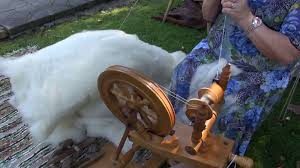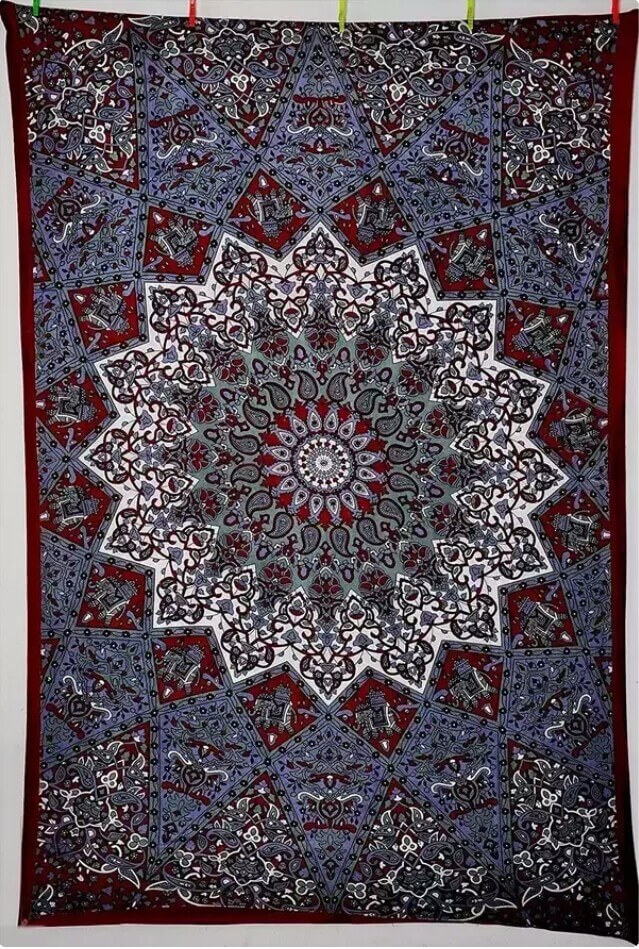Ancient rugs being a common floor covering are very famous even in the modern times as they were in the past, in fact, the kings and rulers had more ethnic kind of rugs which were handmade than now which are very flurry and easy to make. The history of rug making is a very interesting one, and it starts in ancient Egypt. Over the centuries, techniques for fashioning rugs has evolved and become more sophisticated.
Authentic antique hand-made rugs and carpets show us a very unique proficiency that represents our artistry culture which dates back more than 2500 years ago. Now, due to advanced machines, rug making has become way easier than ancient times but there are some places where traditional rug making is still practiced. So let us know how are rugs or carpets made in an ancient way.
There are 5 main steps involved in this process,
1. The first is wool turning into yarn
Wool is the most popular material used in making rugs as it is very soft, cushiony, inbred and almost cheap. The wool used by the makers is personally seperated to remove the lumps and other materials that maybe stuck in it. Then it is fed into a machine that pulls it into individual strands. The stands are then spun into yarn. In previous centuries, wool was spun by hand on rudimentary spinning wheels.

The yarn is given a detergent bath to remove the dust and grease attached in it thoroughly, it is usually soaked for 2-3 days and then washed several times till the foam is clear. The washed yarn is dried in the sun for two to three days.
3. The third is pigmentation of the yarn
The washed yarn is dangled onto a rack and deluged with dye, The dye used is usually a combo of natural colors. For desired results the dye is first heated in a very high temperature, for like a specific time, the yarn is then dropped into the boiled dye. The longer the time, the darker the hue. Dyed yarn is later sun dried.
 4. Weavening of carpet
4. Weavening of carpet
Once the dyed yarn is completely dried, it is ready to be woven into a carpet. There are primarily three ways to weave a carpet: knotting, tufting, and hooking.
5. The last step is washing and drying it again
The rug is washed for the final time to ensure that there is no dirt, dust or detergent in it. The washing process involves laying the rug on a flat surface, pouring clean water over it, and using wood planks with sharpened edges to force the water through the rug.




 4. Weavening of carpet
4. Weavening of carpet
